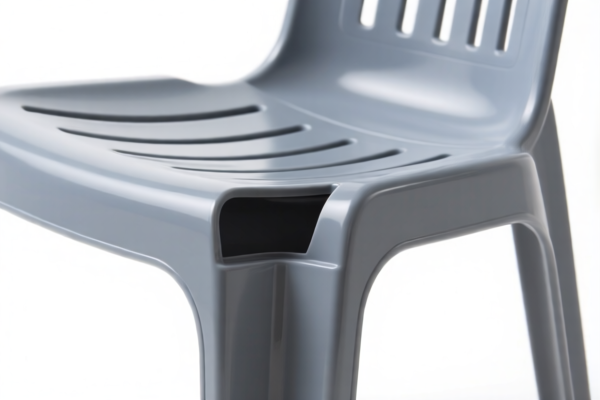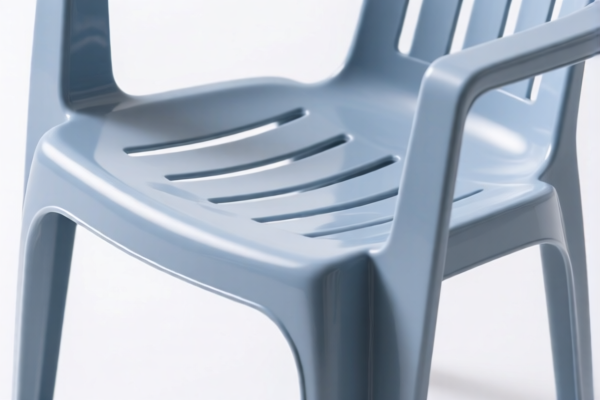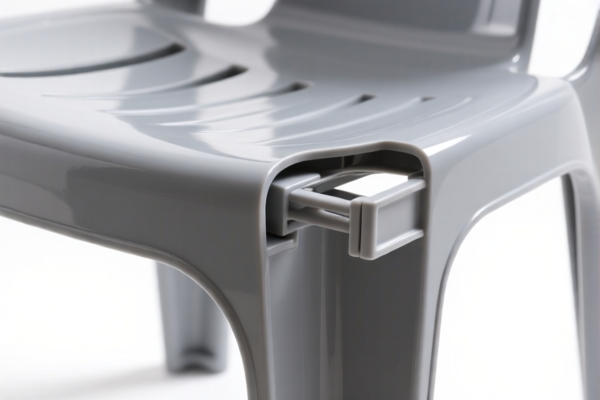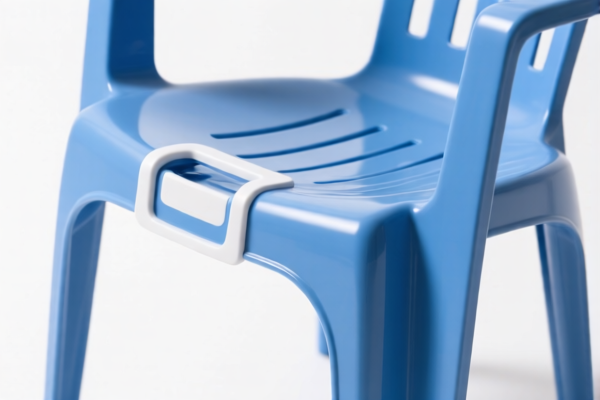| HS Code | Official Doc | Tariff Rate | Origin | Destination | Effective Date |
|---|---|---|---|---|---|
| 8308100000 | Doc | 1.1¢/kg + 2.9%+55.0% | CN | US | 2025-05-12 |
| 8308909000 | Doc | 57.7% | CN | US | 2025-05-12 |
| 8301406060 | Doc | 43.2% | CN | US | 2025-05-12 |
| 8301500000 | Doc | 40.6% | CN | US | 2025-05-12 |
| 9507204000 | Doc | 41.5% | CN | US | 2025-05-12 |
| 9208900080 | Doc | 42.8% | CN | US | 2025-05-12 |
| 9208900040 | Doc | 42.8% | CN | US | 2025-05-12 |
| 7316000000 | Doc | 80.0% | CN | US | 2025-05-12 |
| 7326908688 | Doc | 82.9% | CN | US | 2025-05-12 |
| 7326908605 | Doc | 82.9% | CN | US | 2025-05-12 |




Diving Hook
A diving hook is a specialized piece of equipment used in underwater activities, primarily for ascent assistance, securing a position, or retrieving objects. It consists of a robust hook, typically made of stainless steel or titanium, attached to a line, often a strong, low-stretch rope or webbing.
Material:
- Hook: Commonly constructed from stainless steel (316 grade is prevalent due to corrosion resistance) or titanium for high strength and minimal weight. Aluminum alloys are sometimes used but are less common due to lower strength.
- Line: Typically made of nylon, polyester, or Dyneema/Spectra. Dyneema/Spectra lines are favored for their exceptional strength-to-weight ratio and low stretch, minimizing bounce during use. Webbing (nylon or polyester) is also used, particularly for larger hooks intended for heavier loads.
Purpose:
- Ascent Assistance: Divers can clip the hook to a fixed object (rock, wreck, buoy line) and use it to pull themselves upwards, reducing effort during strong currents or when carrying heavy equipment.
- Positioning/Anchor: Allows divers to temporarily secure themselves in a specific location, freeing hands for tasks.
- Retrieval: Used to pull objects to the surface or reposition them underwater.
- Wreck Penetration/Exit: Can be used as a safety line for navigating inside wrecks, providing a guide for exit.
Function:
The hook is designed with a shaped point to firmly grasp objects. The line provides the mechanical advantage for pulling or securing. The strength of the hook and line are critical, as they bear the weight and force applied during use. Many hooks feature a locking mechanism to prevent accidental disengagement.
Usage Scenarios:
- Technical Diving: Frequently used in cave diving, wreck diving, and current-heavy environments.
- Commercial Diving: Used for underwater construction, salvage operations, and inspection tasks.
- Spearfishing: Can be used to secure a catch or assist in retrieving larger fish.
- Recreational Diving: Less common but can be utilized by experienced divers for specific purposes like controlled ascents or object retrieval.
Common Types:
- Standard Hook: A simple, curved hook with a locking mechanism (often a spring-loaded gate).
- Grab Hook: Features multiple tines designed to grasp objects more securely, especially useful for uneven surfaces.
- Folding Hook: Designed to collapse for easier storage and transport; commonly used by cave divers.
- Deployable Hook: Integrated into a reel system for controlled deployment and retrieval, often used for wreck penetration lines.
- Mini Hook: Smaller, lightweight hooks suitable for lighter tasks and recreational use.
- Wreck Hook: Specifically designed for attaching to wreck structures, often with a wider opening for accommodating various shapes.
Diving hooks are typically used for securing divers or equipment underwater, often made of base metal, iron or steel. Based on the provided information, several HS codes may be relevant depending on the specific characteristics of the hook.
- 8308100000: This HS code covers clasps, frames with clasps, buckles, buckle-clasps, hooks, eyes, eyelets and the like, of base metal, used for clothing or clothing accessories, footwear, jewelry, wrist watches, books, awnings, leather goods, travel goods or saddlery or for other made up articles; tubular or bifurcated rivets, of base metal; beads and spangles, of base metal. If the diving hook is considered a component for securing equipment and is made of base metal, this code may apply. The tax rate includes a base tariff of 1.1¢/kg + 2.9%, a 25.0% additional tariff, and a 30.0% additional tariff after April 2, 2025, resulting in a total tax rate of 1.1¢/kg + 2.9% + 55.0%.
- 7316000000: This HS code covers anchors, grapnels and parts thereof, of iron or steel. If the diving hook functions as an anchor or grapnel for divers or equipment, and is made of iron or steel, this code is applicable. The tax rate includes a 25.0% additional tariff, and a 30.0% additional tariff after April 2, 2025, with a total tax rate of 80.0%.
- 7326908688: This HS code covers other articles of iron or steel. If the diving hook doesn't fit neatly into other categories and is made of iron or steel, this code may be appropriate. The tax rate includes a base tariff of 2.9%, a 25.0% additional tariff, and a 30.0% additional tariff after April 2, 2025, with a total tax rate of 82.9%.
- 7326908605: This HS code covers other articles of iron or steel, specifically rods for electrical grounding. If the diving hook is rod-shaped and used for securing/grounding, this code may apply. The tax rate includes a base tariff of 2.9%, a 25.0% additional tariff, and a 30.0% additional tariff after April 2, 2025, with a total tax rate of 82.9%.
Regarding HS codes 7316000000, 7326908688 and 7326908605, please note the 25.0% additional tariff on steel and aluminum products, which increases to 30.0% after April 2, 2025.
Customer Reviews
No reviews yet.